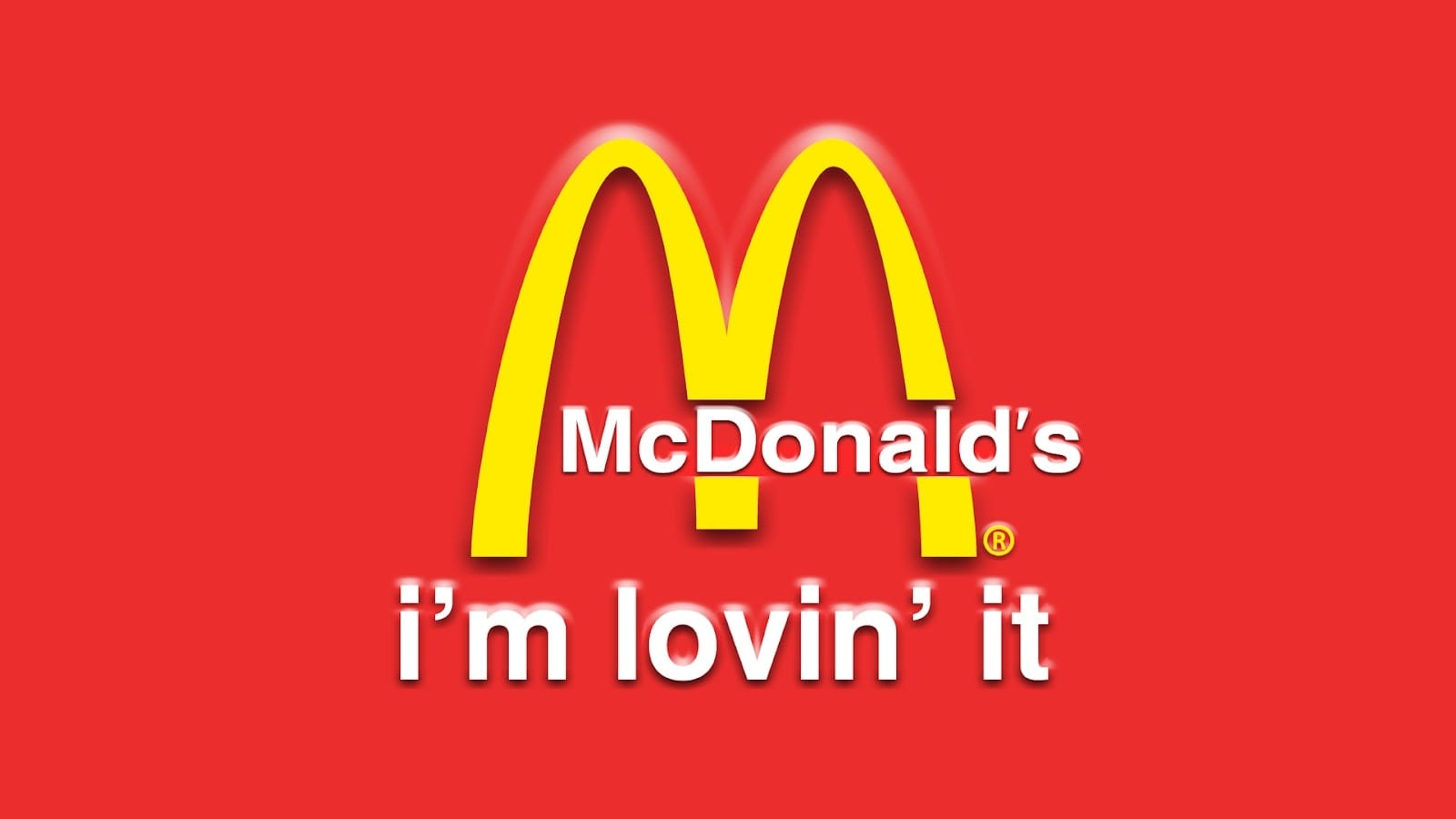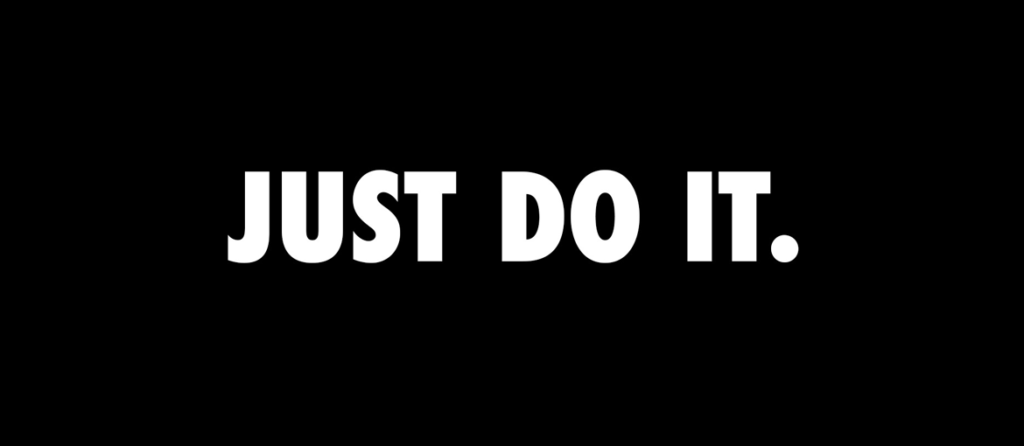The term Tagline appeared around the 1910s, referring to the final sentence spoken by an actor at the end of a performance. Beginning in 1935, the term entered the world of advertising and branding.
Nowadays, the Tagline can refer to a company, an individual, a social group, or a product. It represents a short phrase that evokes the image of a brand in the consumer’s (or potential consumer’s) mind. Taglines help people instantly identify an organization.
The term is of American origin; in England it is used strapline or endline. Depending on the country a different term is used: in France and Belgium it is called signature (signature), in Italy and the Netherlands it is called payoff, and in Gemany claim.
In this short article, the concept of tagline refers to the world of branding. This phrase is then used with the ultimate purpose of making one’s company known, and thus increasing (indirectly) sales of products or services.
Companies and branding: the main elements
The discipline of branding was born recently. Only during the past 50 years has it been studied, structured and formalized. Since it is therefore a relatively new subject, many critics of the field have stated their opinion, and many theories exist regarding branding itself. An established standard of the discipline includes among the fundamental elements of a brand:
- the Vision
- the Mission
- the Slogans
- the Tagline
Let’s briefly look at their distinguishing features.
Vision – Where are we headed?
The Vision states what a company wants to become or achieve.
Being a vision about the future, the Vision Statement refers to the future. It is a picture of what the company wants to create; not what the company is right now, but what it would like to become in the near future. The vision is meant to inspire and motivate decision making.
Disneyland’s vision is a good example: “To make people happy.” (Make people happy).
Disneyland wants to make people happy. A vision that tends toward the future and is very ambitious, but very clear.
Mission – How are we going to get there?
The Mission is about what the company does. It is usually a short paragraph, and it is easy to remember. It must be unique, however, and relate to the company’s own business. It is important to differentiate itself from other organizations in the same field.
Again, take Disneyland’s mission statement: “To be one of the world’s leading producers and providers of entertainment and information. Using our portfolio of brands to differentiate our content, services and consumer products, we seek to develop the most creative, innovative and profitable entertainment experiences and related products in the world.” (To be one of the world’s largest producers of entertainment and information. Using our brand portfolio to differentiate our content, services and products, we seek to develop the most creative, innovative and profitable entertainment experiences and products in the world).
Disneyland has a similarly clear mission: its business is to leverage its proprietary brands and creative licenses to deliver the world’s best entertainment forms and experiences.
Slogan
A Slogan is a short phrase with the purpose of calling out a company, but for a short period of time. This phrase is in fact used for a limited amount of time, and is tied to a single product or advertising campaign. Changing regularly, the slogans are modern and trendy, emphasizing how much the company is in step with the times.
Example of some of Disneyland’s slogans: “Where dreams come true.” (Where dreams come true). “I’m going to Disneyland.” (I’m going to Disnelyland!). “Where the magic began.” (Where the magic began). “Happiest homecoming on Earth.” (Happiest homecoming on Earth).
Tagline
As we have seen, the Tagline is a short, punchy phrase associated with the company name. It represents the company’s overall approach to its products and services. Unlike the tagline, this is associated with the company and not with a single campaign or product, and ideally should last forever.
Example of Disneyland: “The happiest place on Earth.” (The happiest place on Earth). The tagline again is crystal clear: Disneyland, in the minds of those who work there every day, is simply the place where anyone who walks in can have carefree fun.
As you have noticed, these 4 values look similar, but it is important to understand the difference between them, as their combination has a great impact on the brand, and on the perception of the brand itself. These four components help, each in its own way, to create a clear image of the company, its values, and its products. The more detailed the organization’s goals, values, and intentions are described, the easier it will be to create a connection with the audience.
Notable cases
Various companies have decided to take action in different ways regarding the use of the Tagline in different countries and languages. Some have decided to keep the Tagline in the original language, others have translated it according to the country, and still others have created a different phrase for each country in which the company is active.
Let’s look at some examples of famous Taglines, their origin, and how the company decided to diversify (or not diversify) the famous phrase!
Just do it – Nike

Perhaps the most famous Tagline ever is Nike’s “JUST DO IT.” The typography in Futura Condensed Bold, all in capital letters, is a registered trademark of the company. This phrase was developed in 1987 for one of the company’s first television campaigns, and it encapsulates a universal yet intensely personal meaning. The company is American, and the phrase is in English. Because it is very simple and incisive, the phrase remains in its original language throughout the world.
I’m lovin it – Mc Donald’s

Another famous English-language tagline is McDonald’s “I’m Lovin’ It.” This was created in 2003 from an advertising campaign in Germany, which contained the Slogan in the original lignua ich liebe es. The campaign was expanded to other countries in Europe, translating the phrase into English, and adding a jingle with the voice of Justin Timberlake.
For everything else, there’s Mastercard – Mastercard

Mastercard is one of the most famous companies in the field of financial services. In 1997, a campaign entitled Priceless was created. The campaign contains the Slogan “There are some things money can’t buy. For everything else, there’s Mastercard.” (There are some things money can’t buy,for everything else, there’s Mastercard), which gained strong notoriety and is still in use today.
This phrase has changed from a campaign slogan to a company tagline, and its meaning has been literally translated according to the country in which it is used.
Every Little Helps – Tesco

British supermarket giant Tesco has a very effective and well-known Tagline. Created in 1993, “Every little helps” has a strong popular connotation and almost sounds like a proverb. In fact, the concept behind this phrase relates to grandmother’s recommendations, and at the same time it is very pragmatic: even little things when added together make a difference.
Think Different – Apple

“Think Different” was used as a Slogan by Apple from 1997 to 2002, through the To The Crazy Ones campaign. This Slogan soon became Apple’s Tagline, although it is now not officially in use.
This phrase was created in response to IBM’s Slogan of those years, “Think.” The phrase was used in television commercials and printed material, and contributed to Apple’s growth as a countercultural company during the 2000s.

